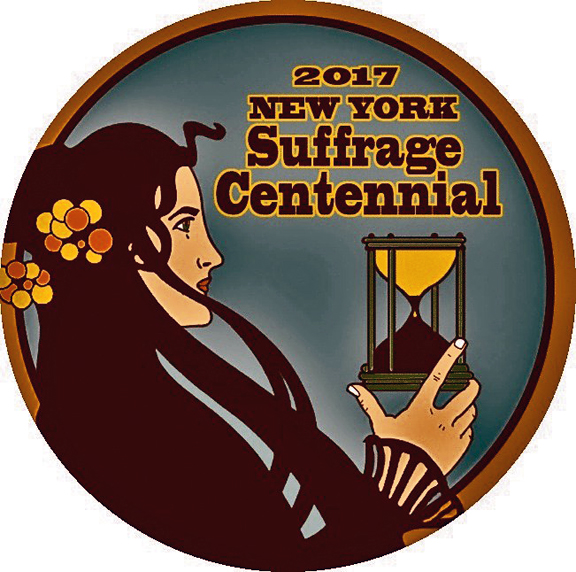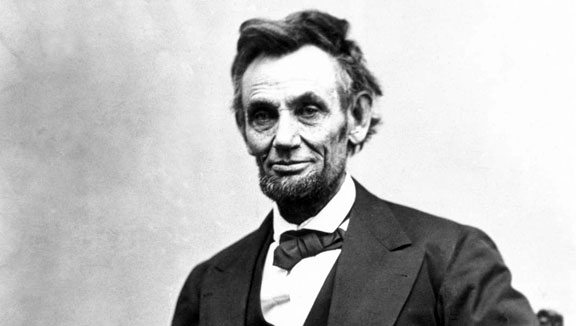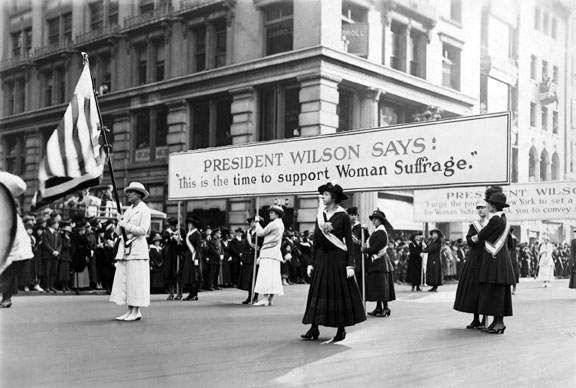Our Holistic Histories
This November brings with it an election in which NYS is asking voters if they want to hold a Constitutional Convention. A yes vote to a “Con-Con” will result in a 2018 election of paid delegates. In 2019, those delegates would then convene to draft constitutional amendments which voters would then consider. Current law requires NYS voters to consider a convention every twenty years.
Federal law fixes the fourth Thursday in November as Thanksgiving Day to commemorate a dinner shared by Puritan Pilgrims and Wampanoag Indians near Plymouth Rock in Massachusetts. Today, Thanksgiving calls on celebrants to acknowledge those things for which they are grateful.
 I am grateful to have access to many newspapers, magazines and books. It’s wise to read widely and in depth about given subjects as well as to learn about different things. There are many little discussed coincidences in history. History reveals dark eras where scientists and institutions used psychiatry, psychology, psychosurgery and psychopharmacology experimentally to heal and intrusively for social control. Chance observations of head injury patients provided the basis for what we now know about brain function including the probable locations of the specific brain areas involvein memory, speech and emotion as well as how, over time, a person can regain lost mobility and cognition.
I am grateful to have access to many newspapers, magazines and books. It’s wise to read widely and in depth about given subjects as well as to learn about different things. There are many little discussed coincidences in history. History reveals dark eras where scientists and institutions used psychiatry, psychology, psychosurgery and psychopharmacology experimentally to heal and intrusively for social control. Chance observations of head injury patients provided the basis for what we now know about brain function including the probable locations of the specific brain areas involvein memory, speech and emotion as well as how, over time, a person can regain lost mobility and cognition.
All living things, even disease, develop holistically always within some environment and always over time. In a recent issue of The New Yorker, physician/author Dr. Siddhartha Mukherjee writes that in “oncology, ’holistic’ is a “patchouli-scented catchall for untested folk remedies” when instead, “the true meaning of ‘holistic’” takes “the body, the organism, its anatomy, its physiology … as a whole.”
Consciousness, spirituality and ethical practices evolve holistically and continually.
The early Pilgrims, like many religious groups, believed in the fallen state of human beings. They saw females as weaker, as temptations and so, as inherently immoral, manipulative and corrupt. Sexualization of women still poisons public policy discussions. Women have babies. Pregnancy and childbirth involve substantial physical and emotional investments and health risks for women. Childcare requires money and time and many socioeconomic models value child rearing only when the care is provided by someone other than the mother.
I feel gratitude toward men and women who have fought for a woman’s right to self-determination.
 Starting in November 2017, New York State will sponsor exhibits and programs to commemorate the Centennial of women’s suffrage in New York State. Celebrations will continue until 2020, the 100th anniversary of the ratification of the 19th Amendment which granted women the right to vote in federal elections.
Starting in November 2017, New York State will sponsor exhibits and programs to commemorate the Centennial of women’s suffrage in New York State. Celebrations will continue until 2020, the 100th anniversary of the ratification of the 19th Amendment which granted women the right to vote in federal elections.
New York State was not the first state to grant women the right to vote. After Wyoming, the Utah territory enfranchised women in 1870. Utah was home to polygamist Mormons who may have wanted to appear enlightened in their treatment of their polygamous women and to establish political power through a large Mormon voting bloc. In 1887, the US Congress revoked women’s right to vote in Utah, likely to decrease polygamous power. In 1890, the Mormon religion officially forbade polygamy and following that, in 1896, Utah became a state.
As an Illinois legislator, Abraham Lincoln supported “female” voting rights. As President, Lincoln outlawed polygamy, signed the Emancipation Proclamation and supported black male suffrage. Prior to the Civil War, abolitionists, suffragists and temperance advocates joined forces for universal suffrage. However, during the Civil War and the post war reconstruction period, the party of Lincoln and most abolitionist/suffragist political alliances believed ensuring that freed men became enfranchised citizens was more pressing than women’s voting rights. Some reconstruction era thinkers viewed the women’s rights movement as a rich white women’s cause despite the reality that both freed black women and white women were asked to wait their turns while still working for universal suffrage for men.

As an Illinois legislator, Abraham Lincoln supported “female” voting rights. As President, Lincoln outlawed polygamy, signed the Emancipation Proclamation and supported black male suffrage.
New York State born suffragist Elizabeth Cady Stanton spoke out against waiting her turn and enabling lesser educated men to vote on issues affecting well educated women. In her biography of Stanton, “Elizabeth Cady Stanton – An American Life,” Penn State Professor Lori D. Ginzburg describes Stanton’s use of classist, ethnic slurs, slurs which pretty much included anyone not of Stanton’s heritage.
Elizabeth Cady Stanton was born in 1815 in Johnstown, NY to a slave owning family. New York State outlawed the practice in 1827. NYS women received the vote in 1917. Lori D. Ginzburg’s book describes how unmarried Quaker suffragist Susan B. Anthony chided Stanton for having too many children. Anthony believed child rearing kept Stanton from Stanton’s real work. Stanton disliked conventions, but was known for her speeches; speaking fees helped support her household. Viewed holistically, Stanton’s life reflects her times.
Happy voting.
Happy NY Women’s Suffrage Centennial.
Happy Thanksgiving!

Starting in November 2017, New York State will sponsor exhibits and programs to commemorate the Centennial of women’s suffrage in New York State. Celebrations will continue until 2020, the 100th anniversary of the ratification of the 19th Amendment which granted women the right to vote in federal elections.










